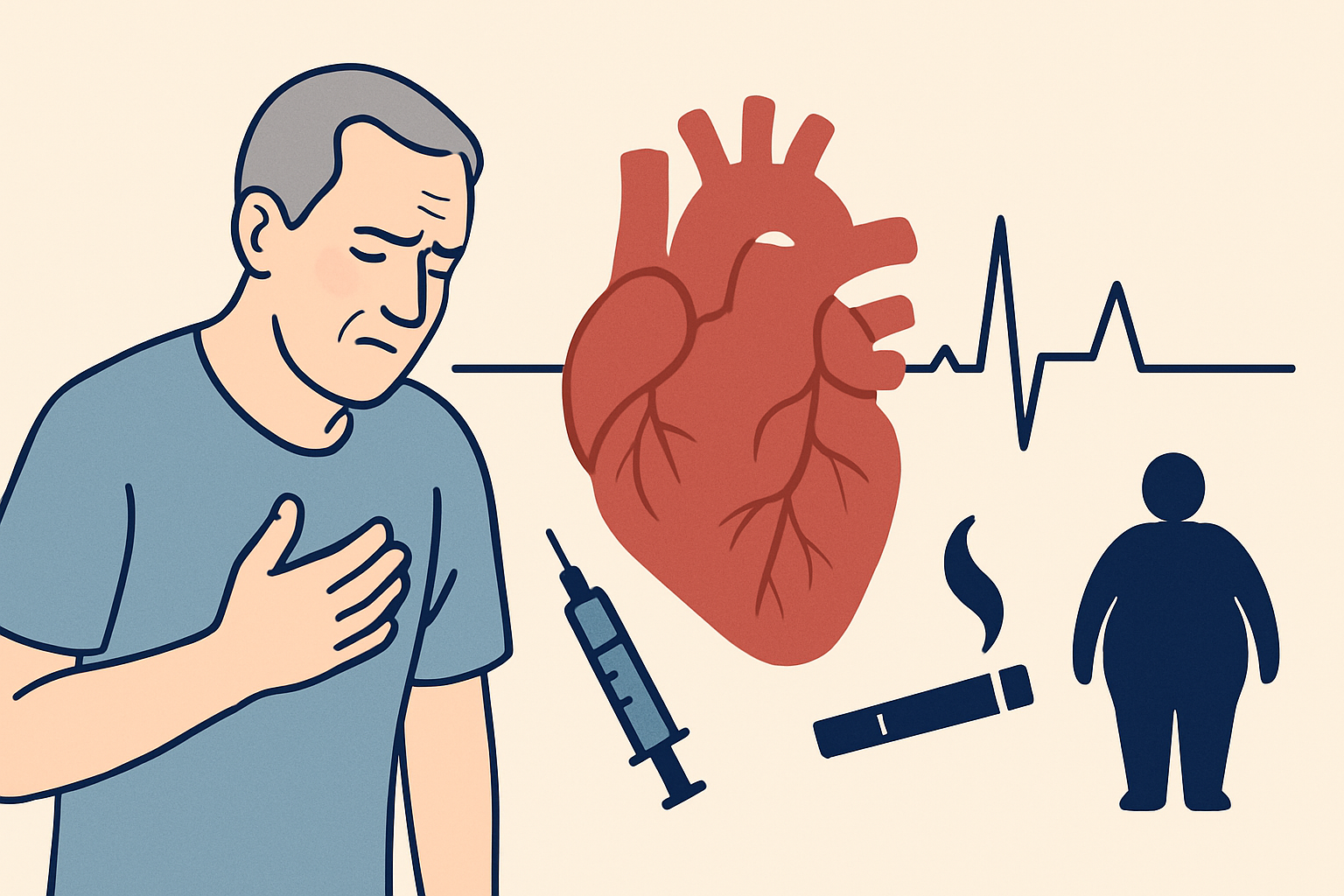
The study investigates the long-term cardiovascular and mortality risks associated with adult-onset type 1 diabetes (T1D), especially in individuals diagnosed at age 40 or older, using data from over 10,000 people with T1D in Sweden. It compares them with patients with type 2 diabetes (T2D) and over half a million diabetes-free controls, tracking outcomes from 2005 to 2022.
The findings indicate that individuals with adult-onset T1D have a significantly higher risk of all-cause mortality and major adverse cardiovascular events (MACE) compared to the general population. Specifically, the hazard ratio (HR) for all-cause mortality was 1.71, and for MACE was 1.30. People with T1D also had higher risks of death from cardiovascular disease, cancer, infections, and diabetic coma or ketoacidosis, with the latter risk being over seven times greater than in T2D. Interestingly, T1D patients had a lower incidence of MACE compared to those with T2D.
Crucially, those diagnosed with T1D at or after 40 years of age did not fare better than younger patients—in fact, they had worse glycaemic control, higher insulin resistance, and were less likely to use insulin pumps. The study identifies three key modifiable prognostic factors contributing to adverse outcomes: smoking, poor glycaemic control (HbA1c ≥ 53 mmol/mol), and overweight/obesity. Together, these accounted for about 40% of cardiovascular events and 20% of deaths in T1D patients.
A dose-response relationship was observed: the more risk factors present, the greater the risk of death and cardiovascular events. Importantly, T1D patients without these risk factors had no excess risk compared to controls, underscoring the potential for targeted interventions. The study calls for improved management strategies for adult-onset T1D, including broader access to insulin pump therapy and lifestyle interventions focused on smoking cessation, glycaemic control, and weight management, particularly in older adults. The findings highlight the urgent need to address clinical care gaps in this under-recognized patient subgroup.
Source: https://academic.oup.com/eurheartj/advance-article/doi/10.1093/eurheartj/ehaf304/8127980

